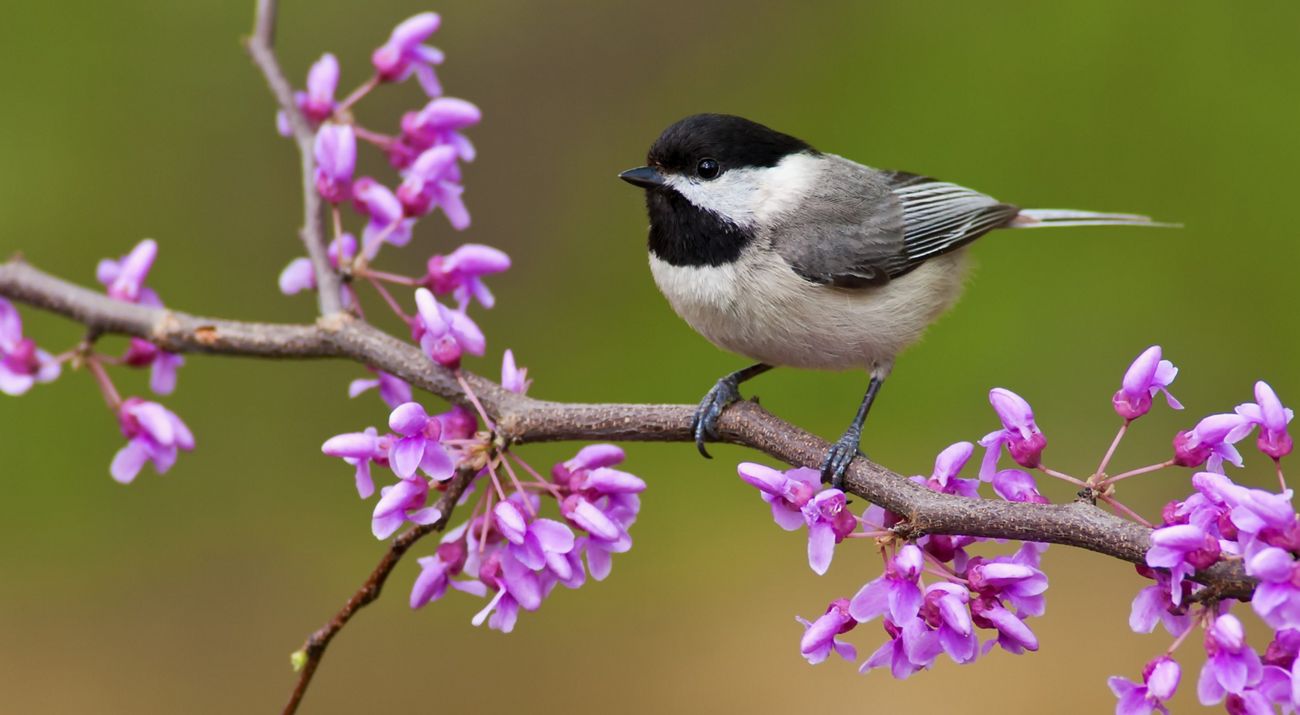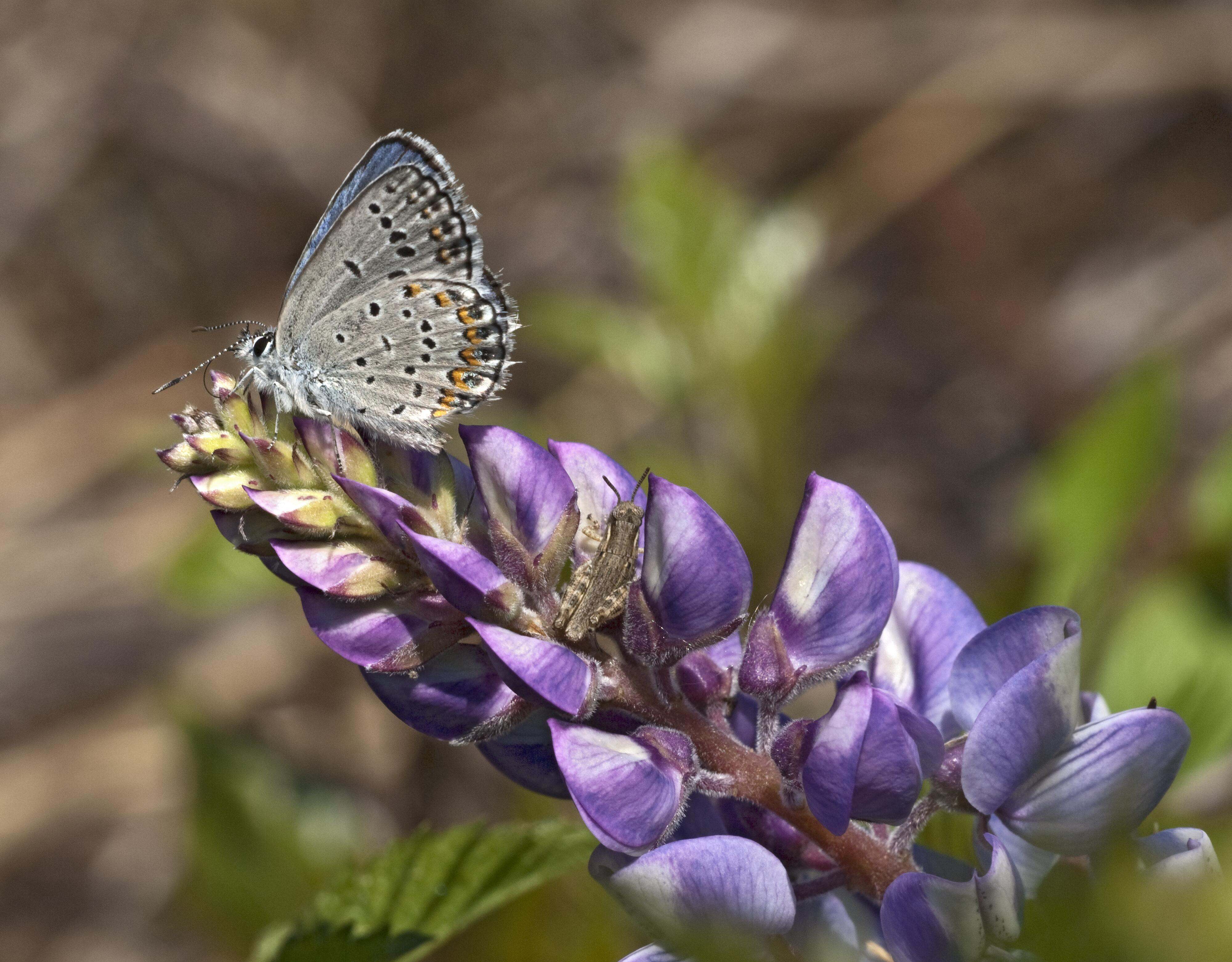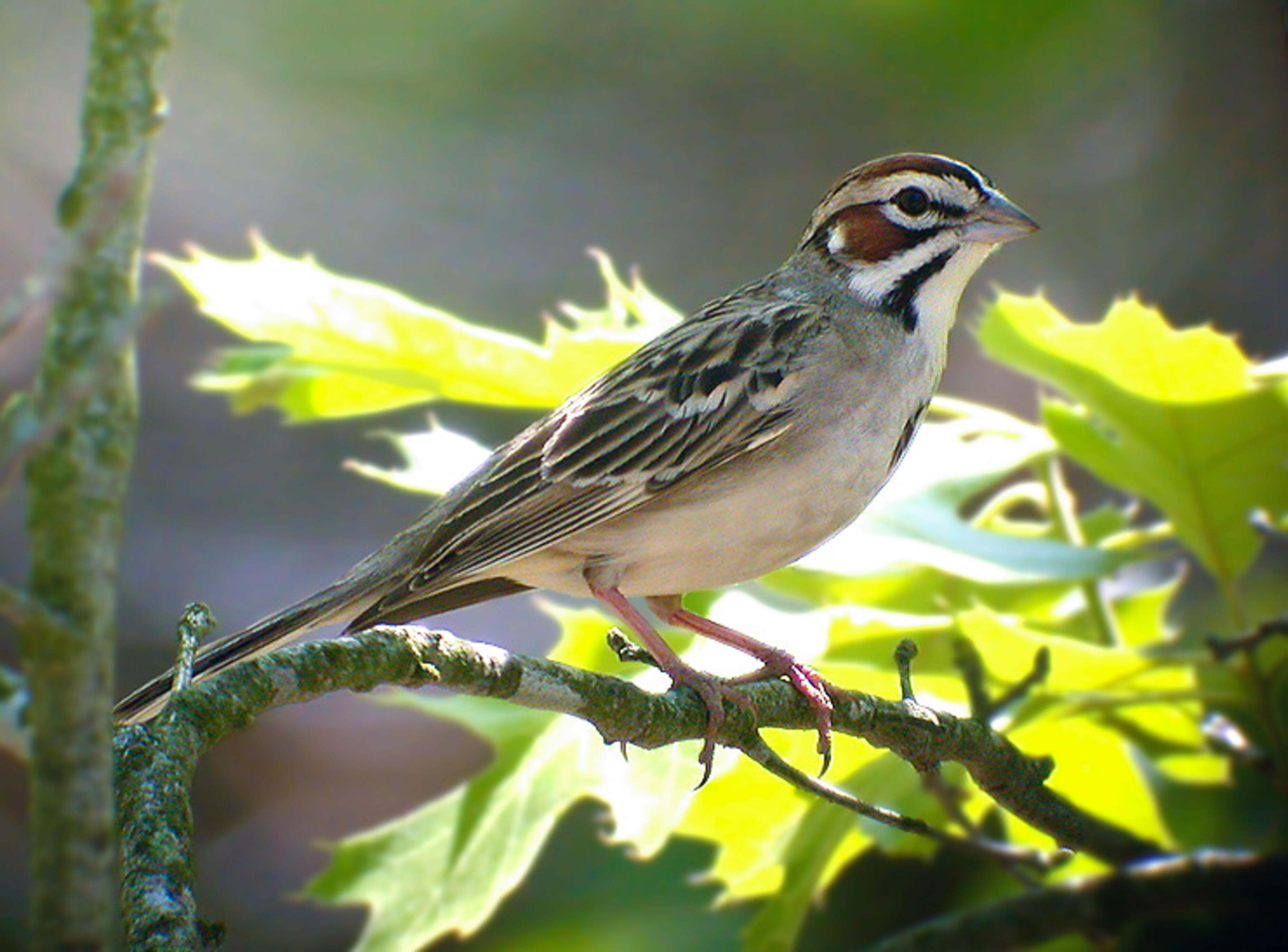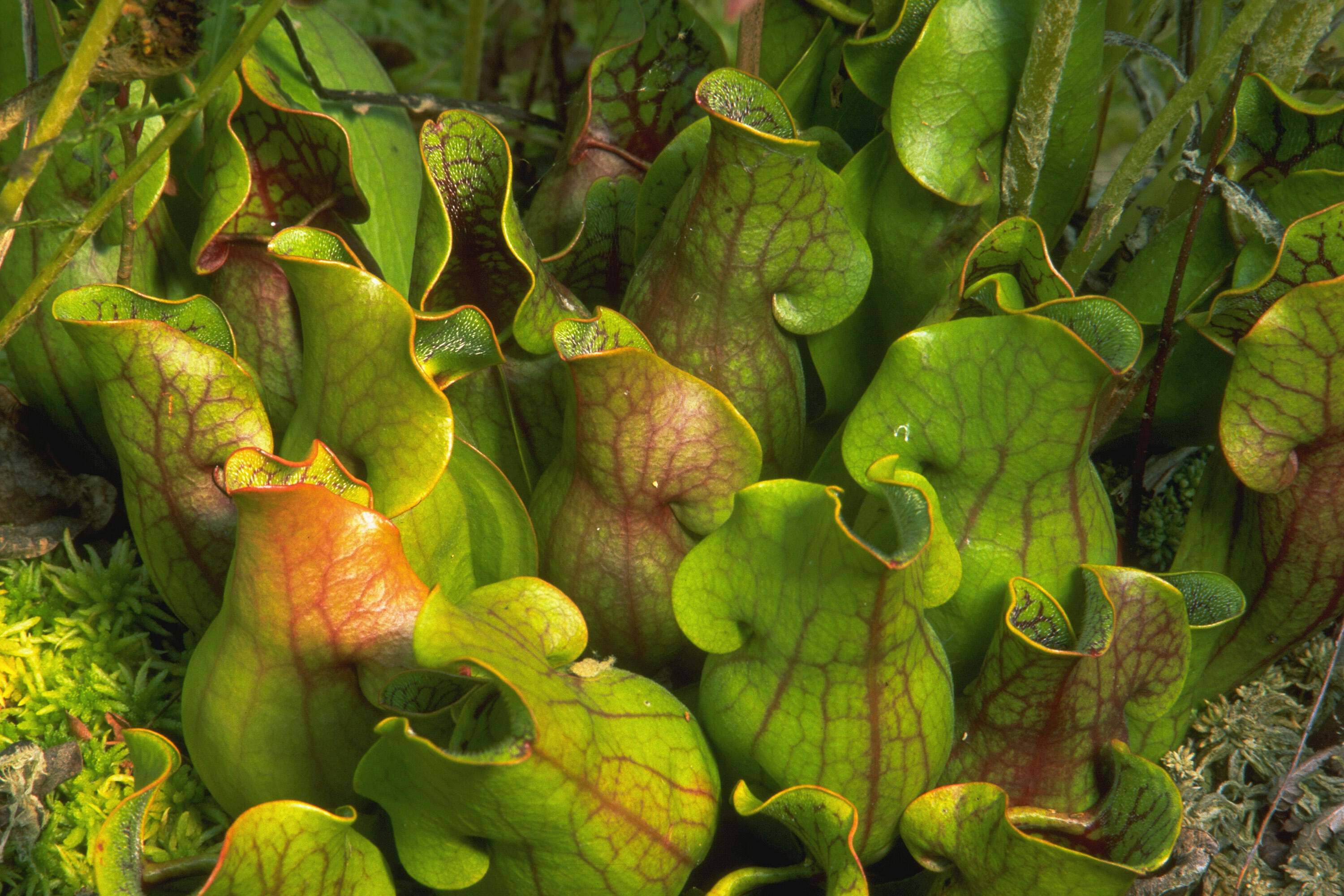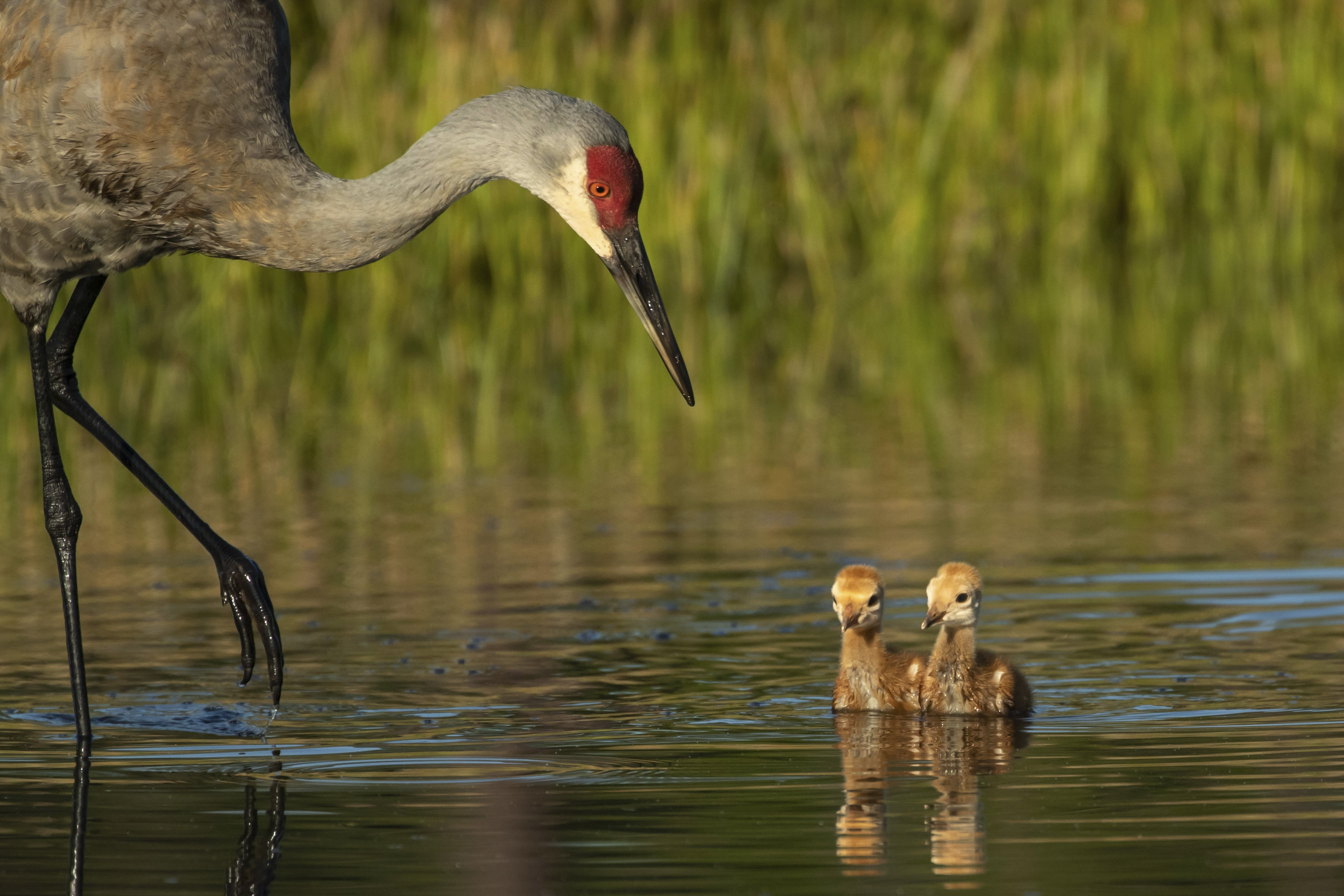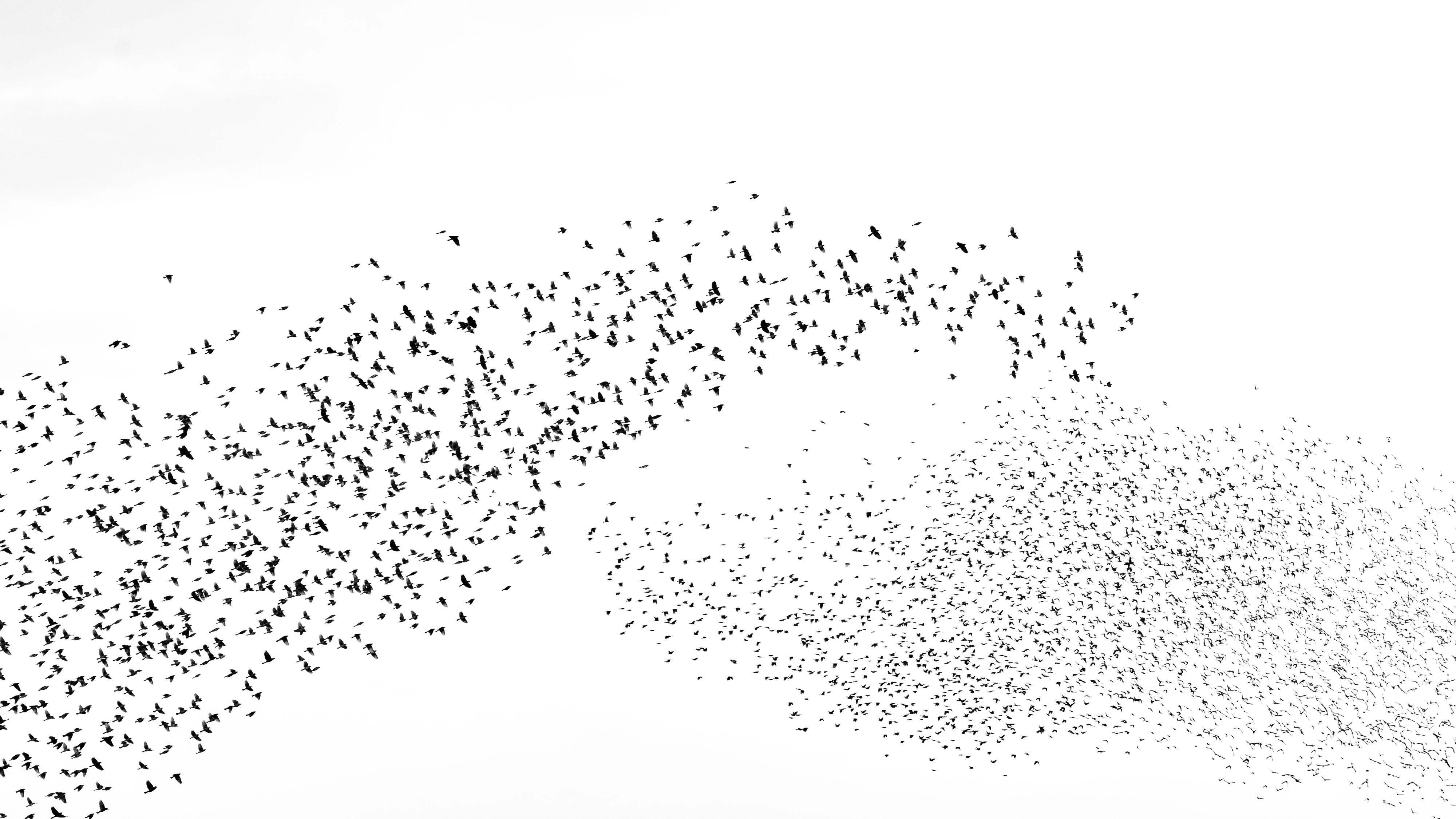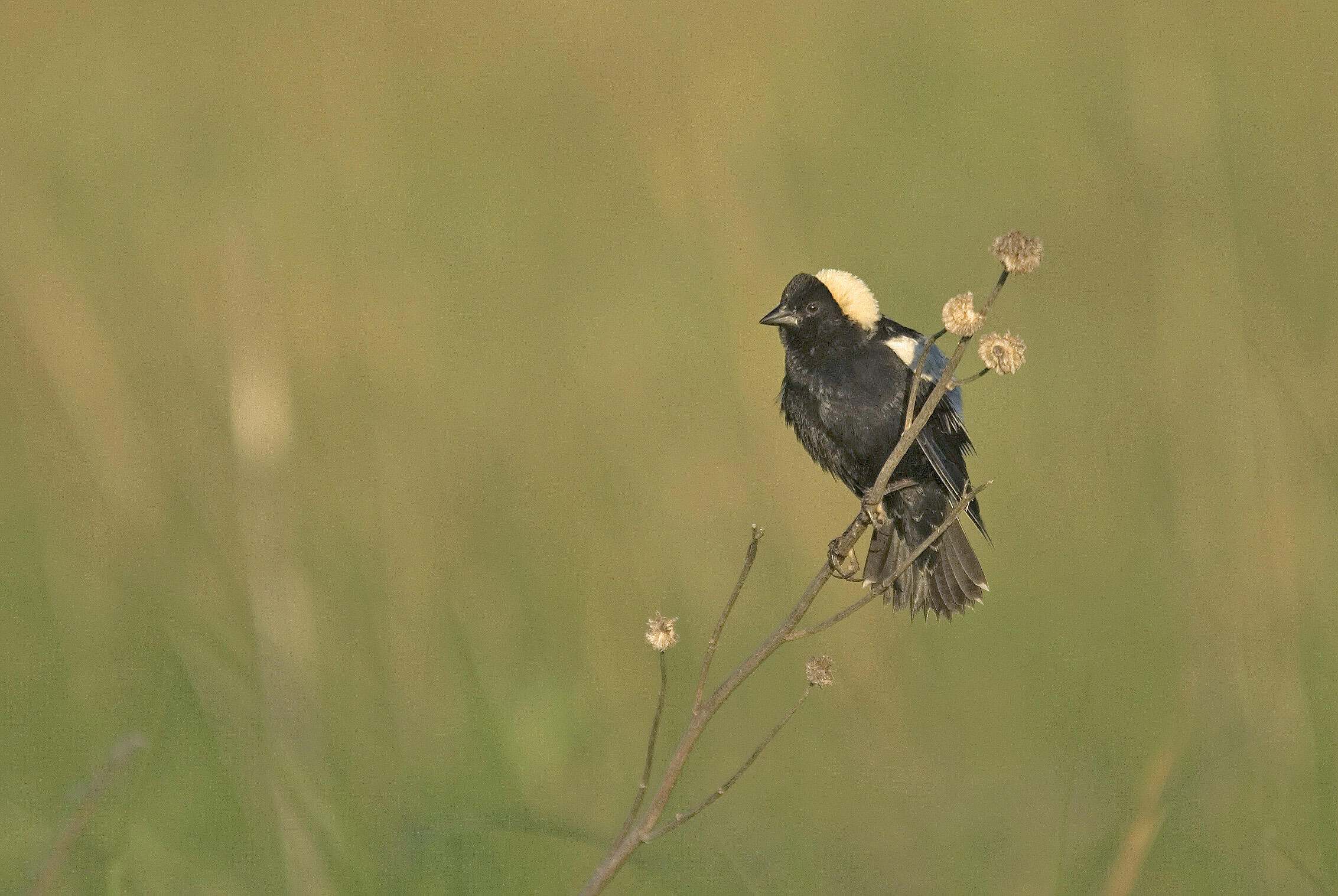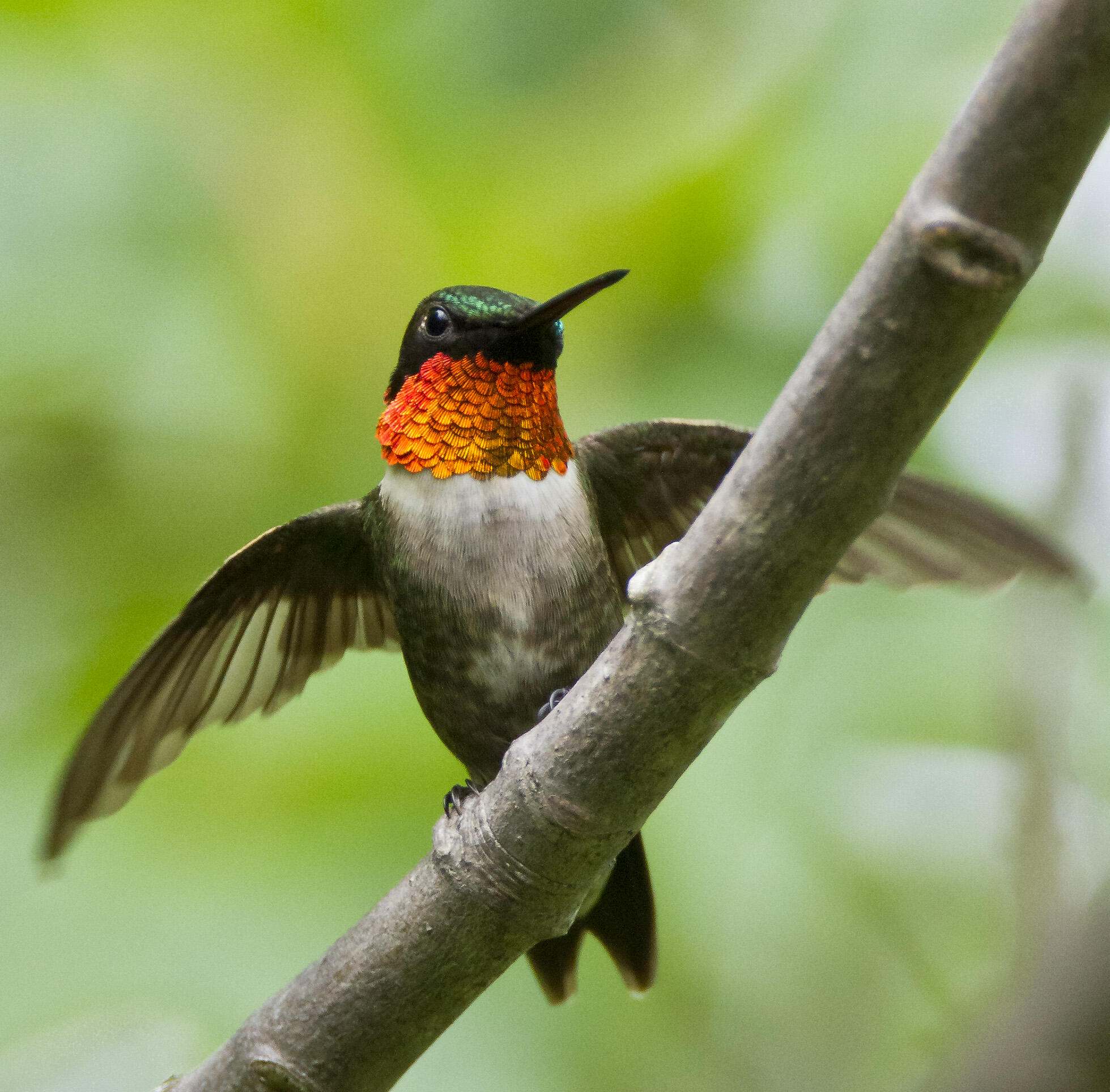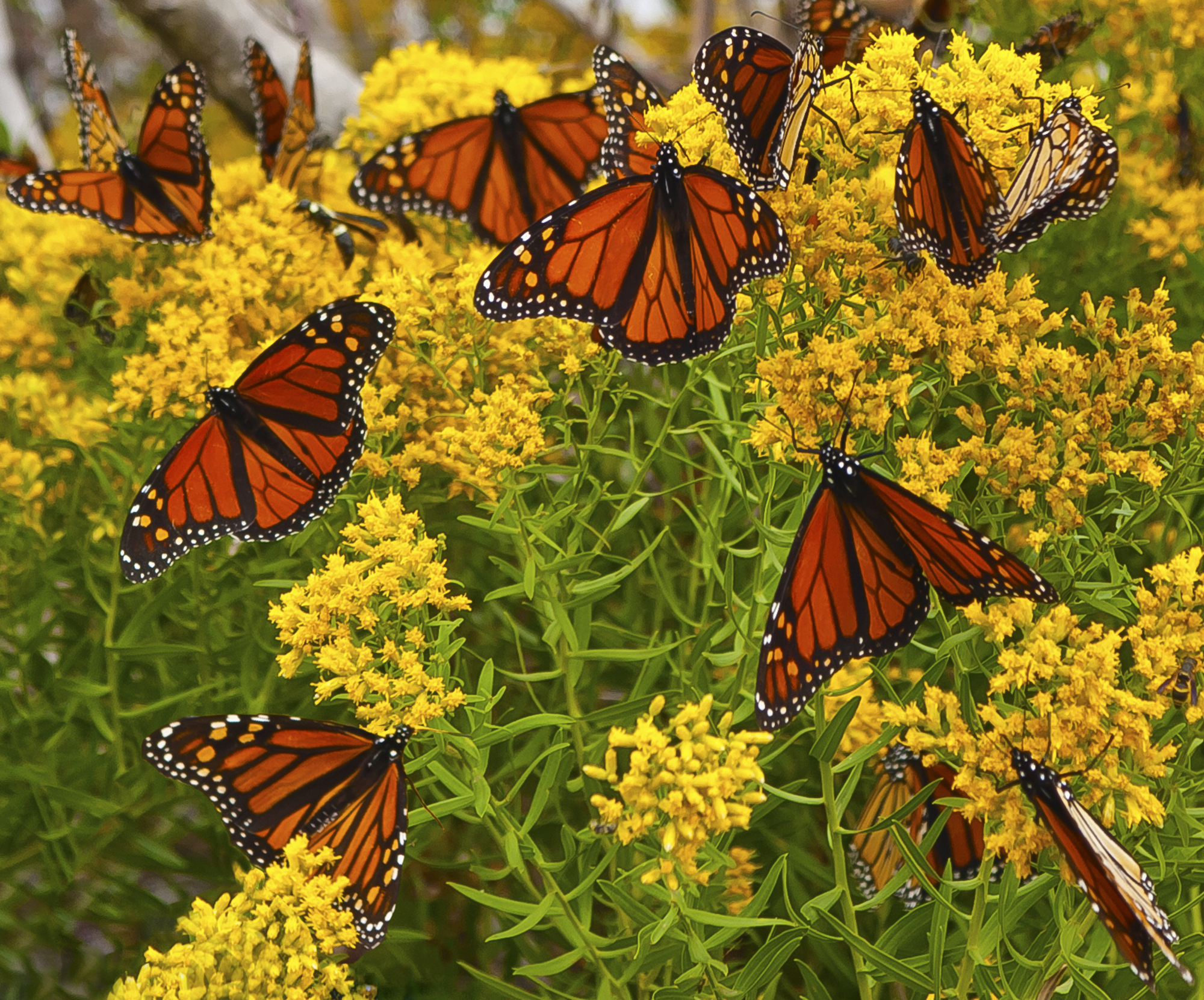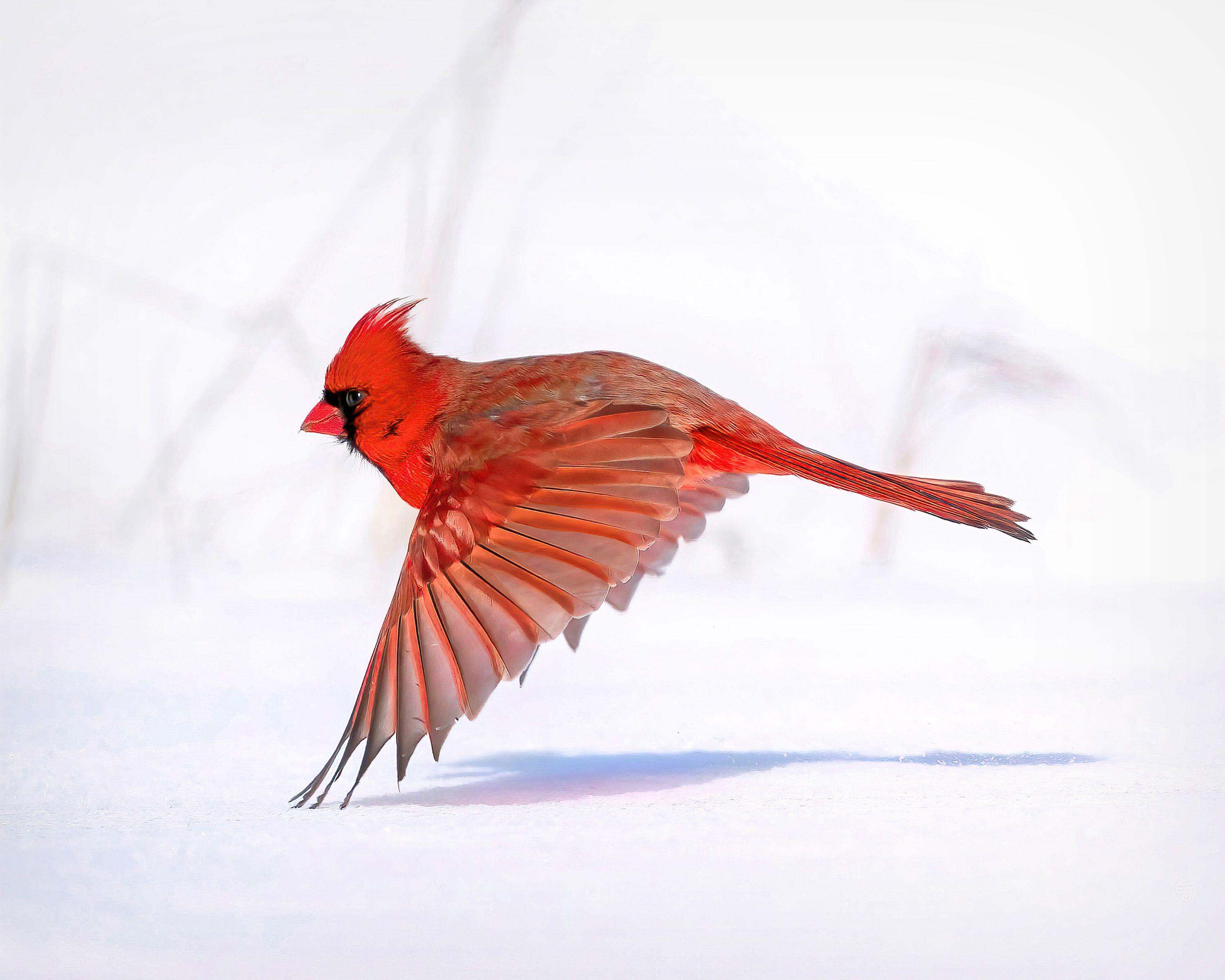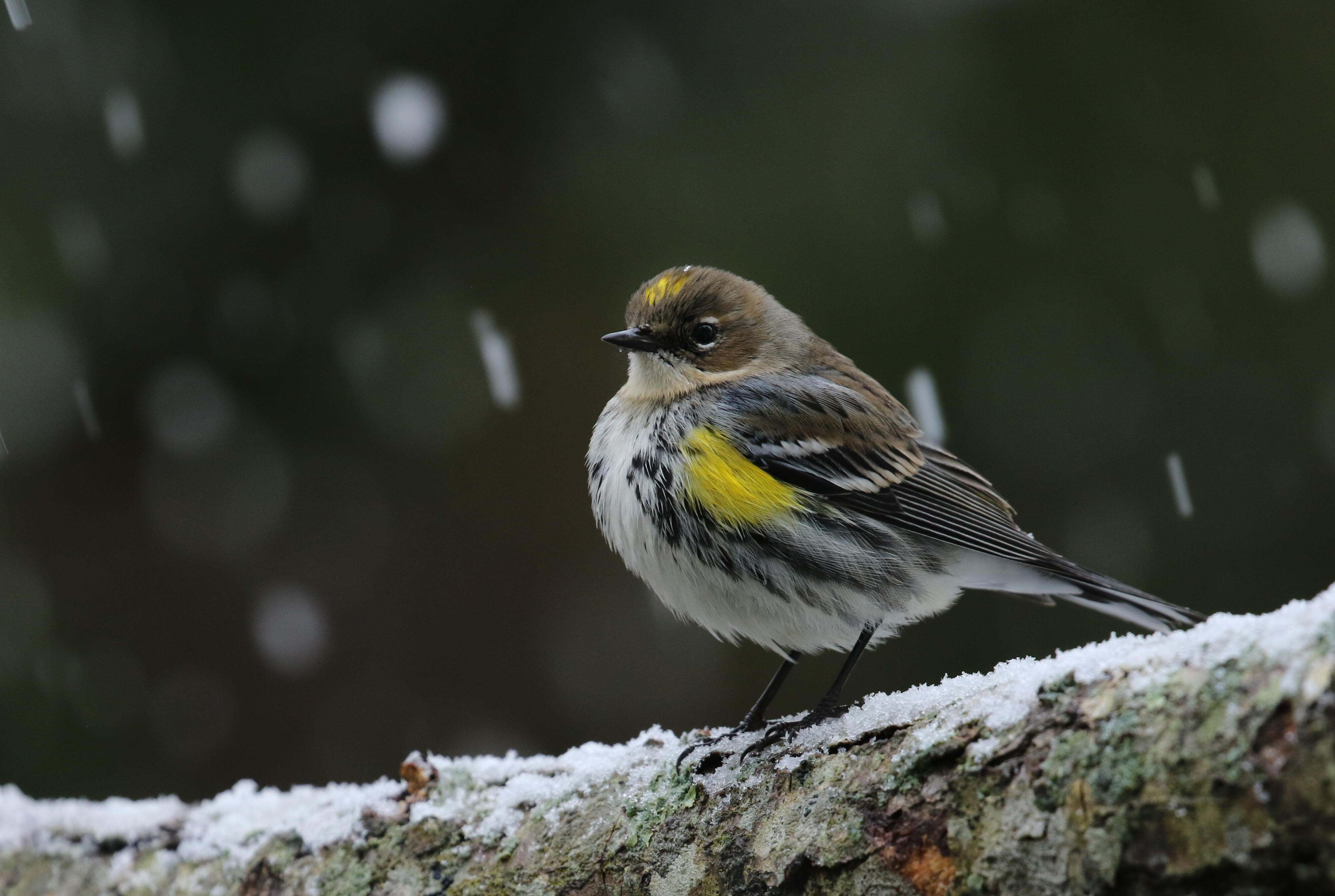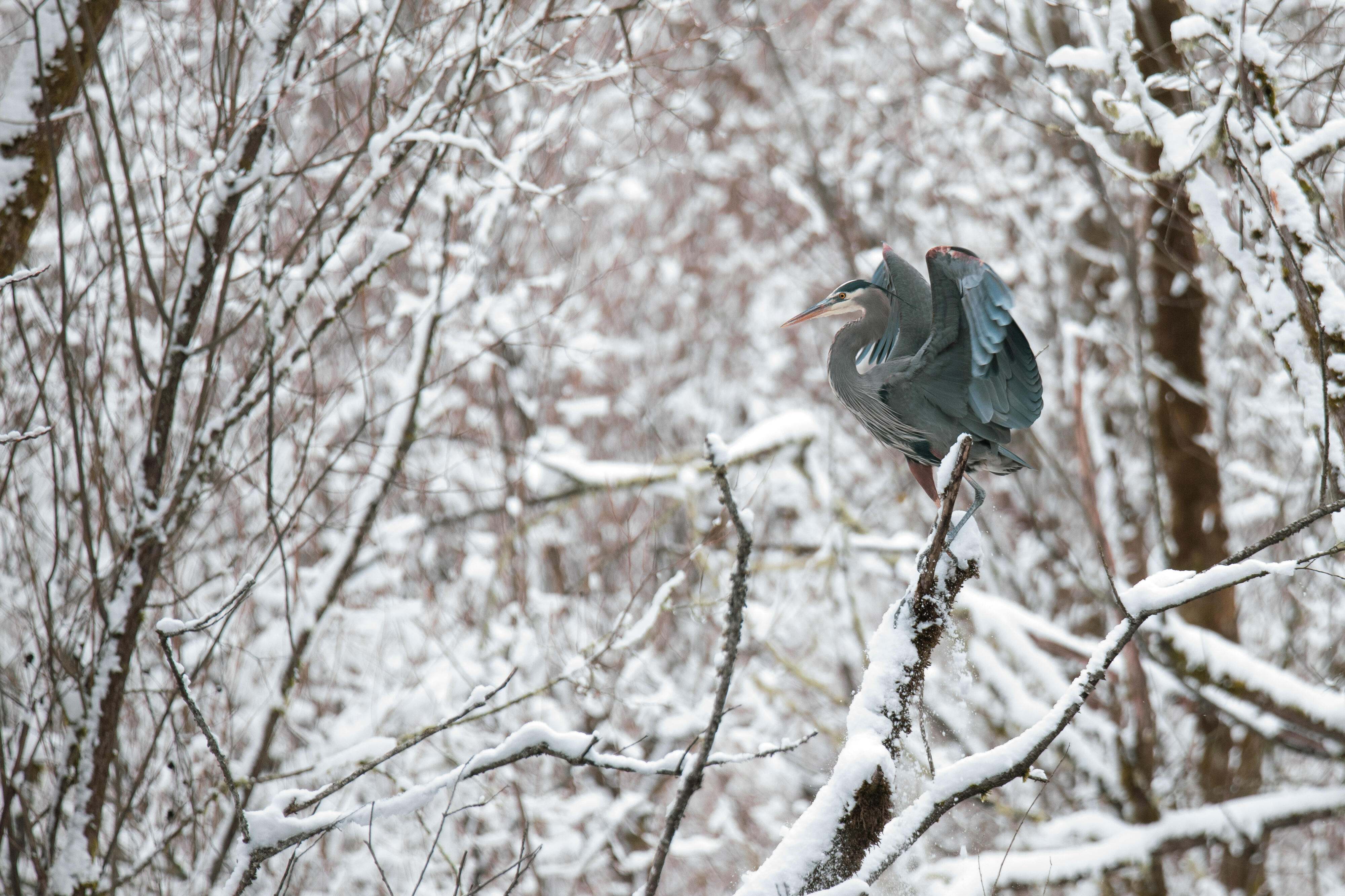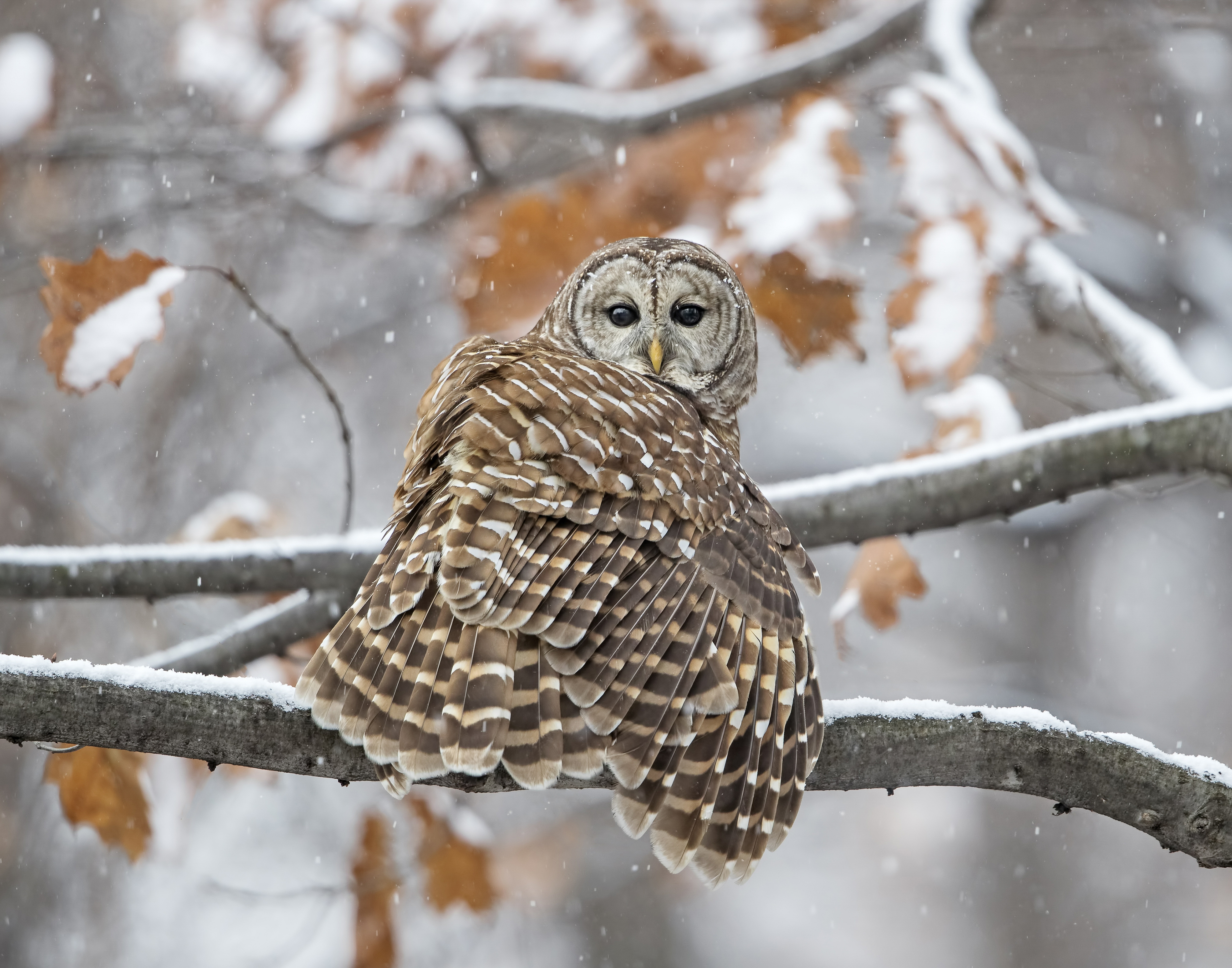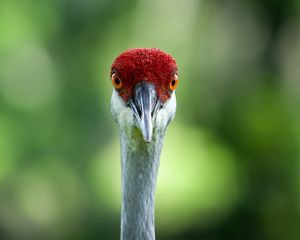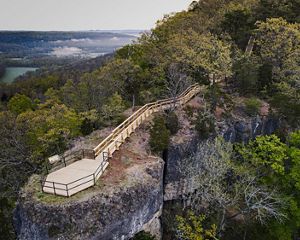Experience Nature in Ohio throughout the Year
From the rolling forests in the south to the waves of Lake Erie in the north, there’s nothing quite like exploring nature in Ohio.
Ohio’s landscapes and waterways are some of the best kept—and most beautiful—secrets of the Midwest. There are sweeping, forested hills that blaze in brilliant colors in the fall. Rivers, lakes and other waterways offer many ways to get out on and explore aquatic habitats. Boardwalks and paths around prairies and marshlands offer exceptional ways to spot delicate and ephemeral wildflowers from spring through fall. Snow-covered hiking paths wind you through peaceful, meditative woods that allow for easier wildlife spotting.
Whatever the season, you can find your favorite outdoor adventure in Ohio. Use the guide below for inspiration to get outside and connect to nature all year, wherever you are in the state.
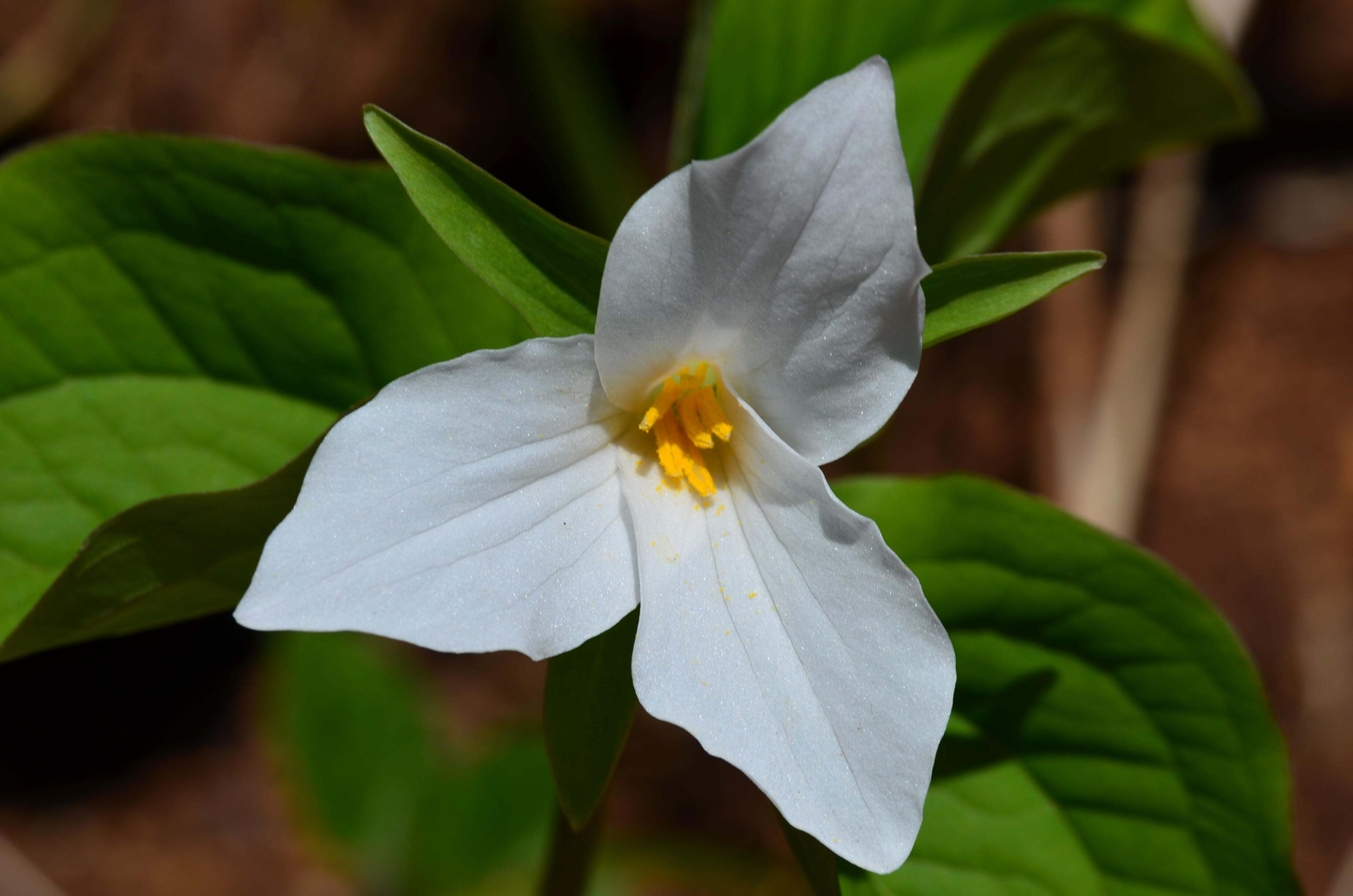
Spring
As the first hint of spring curls in on the warming breeze, nature in Ohio begins to bloom. Forests and shores begin to come to life with returning migratory birds and forests and hills burst into the pale pinks, whites and yellows of ephemeral wildflowers.
Get More Nature News
Sign up to receive monthly news and updates from The Nature Conservancy in Ohio.
Fleeting Wildflowers
As late winter transitions into spring, the first wildflowers of the season begin to reawaken. Skunk cabbage is among the earliest to pop up, as it generates its own heat, melting snow around it. You can spot these unique plants around Big Darby Headwaters Nature Preserve as you hike along the boardwalk and the 2.6 mile round trip trail.
Ohio’s forest floors—like those at Edge of Appalachia—are beginning to offer some color from the spring ephemerals as species like twin leaf, bloodroot and hepatica begin to flower. Also at the Edge, Buzzard Roost Rock offers views of flowering columbine, walking fern and bishop’s cap.
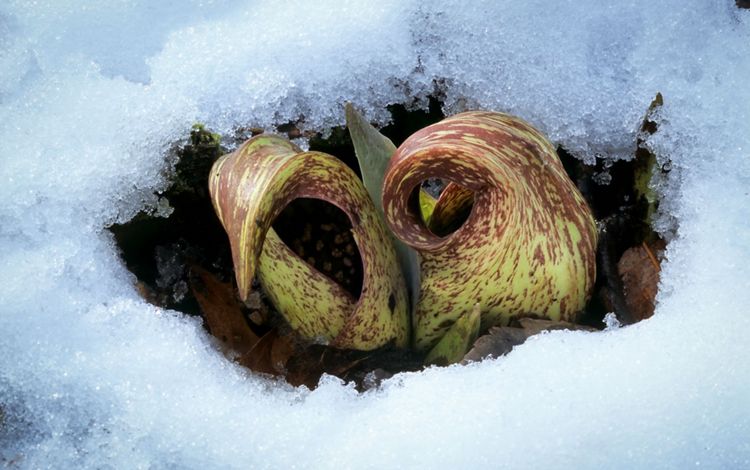





Get More Nature News
Get the best nature stories, news and opportunities delivered monthly.
Birds on the Wing
Ohio is a birder’s dream in the spring, as migratory birds like warblers, waterfowl and shorebirds show up throughout the state. While some of these migrants will move on after resting, many make Ohio their summer home here. Great Egret Marsh is a prime spot for spring birding, whether by hiking the 1.2 mile trail or venturing out by kayak.
Learn more about birdwatching in Ohio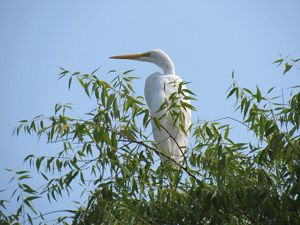


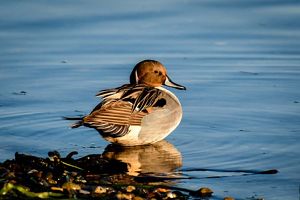
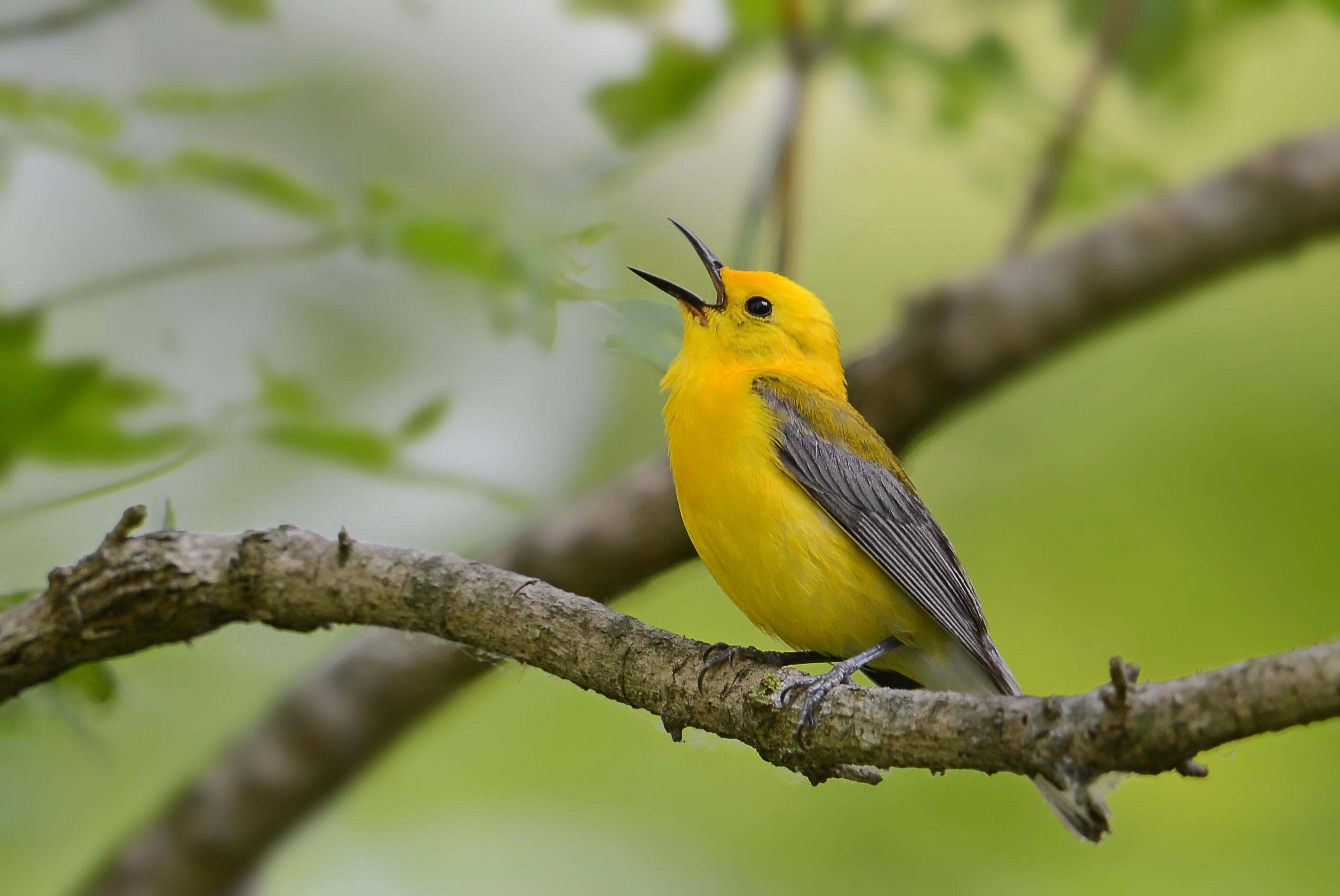

Great Egret: Ohio is an important stopover for migrating great egrets in spring and fall. © Laura McDermott

Magnolia Warbler: Ohio is a migration stopover state in the spring and fall for this striking warbler, which prefers to make its summer home in the boreal homes further north in Canada. © Matt Williams

Blackburnian Warbler: As they migrate from South America to Canada in the spring, Ohio is an important stopover site for these colorful warblers. © Steve S. Meyer

Northern Pintail: Ohio is an stopover site for Northern pintails in spring, as they migrate north to Canada for the summer. They migrate at night, reaching speeds up to 48 miles per hour. © Michael McAuliffe

Prothonotary Warbler: Preferring to make its home in swampy woodlands, prothonotary warblers migrate to Ohio in the spring to breed during the summer. © Matt Williams
The juvenile form of the red-spotted newt, red efts live in the moist leaf litter on the forest floor for a few years before migrating to ponds to live and breed as adults.
Awakening Amphibians
In early spring, as the temperatures just begin to warm, Ohio’s wetlands and swamps begin to sing. Wood frogs, spring peepers and other chorus frogs emerge from their winter hibernation and make their ways to vernal pools, ponds and other bodies of water. There, they sing to attract mates and lay their eggs.
Later in the spring, once warmer temperatures are steadier, the trills of toads can be heard. On warm, rainy spring nights, large groups of salamanders and frogs can be seen, as they move toward the nearest bodies of water for the season.
Quick fact: Early emerging frogs like spring peepers have a special ability to survive the sudden drops in temperature that can happen in early spring. Their bodies produce chemicals that allow them to freeze nearly solid, then thaw out again to resume their quest for mates once the temperatures rise again.

Wood Frog Call
One of the earliest spring callers, wood frogs have a very quack-like call and a group of these frogs calling together can sound like a nosiy flock of ducks or chickens.
A recording of the quack-like call of the wood frog. Audio courtesy of the USGS.

American Toad Call
Beginning in April, the high musical trill of toads starts to sound from ponds, lakeshores and other water bodies.
This audio is of an American toad trill (mating song).

Eastern Gray Treefrog Call
The short, flute-like trill of Eastern gray treefrogs begins in late spring and lasts through mid-summer.
An audio recording of the Eastern gray treefrog's call. Audio courtesy of USGS.
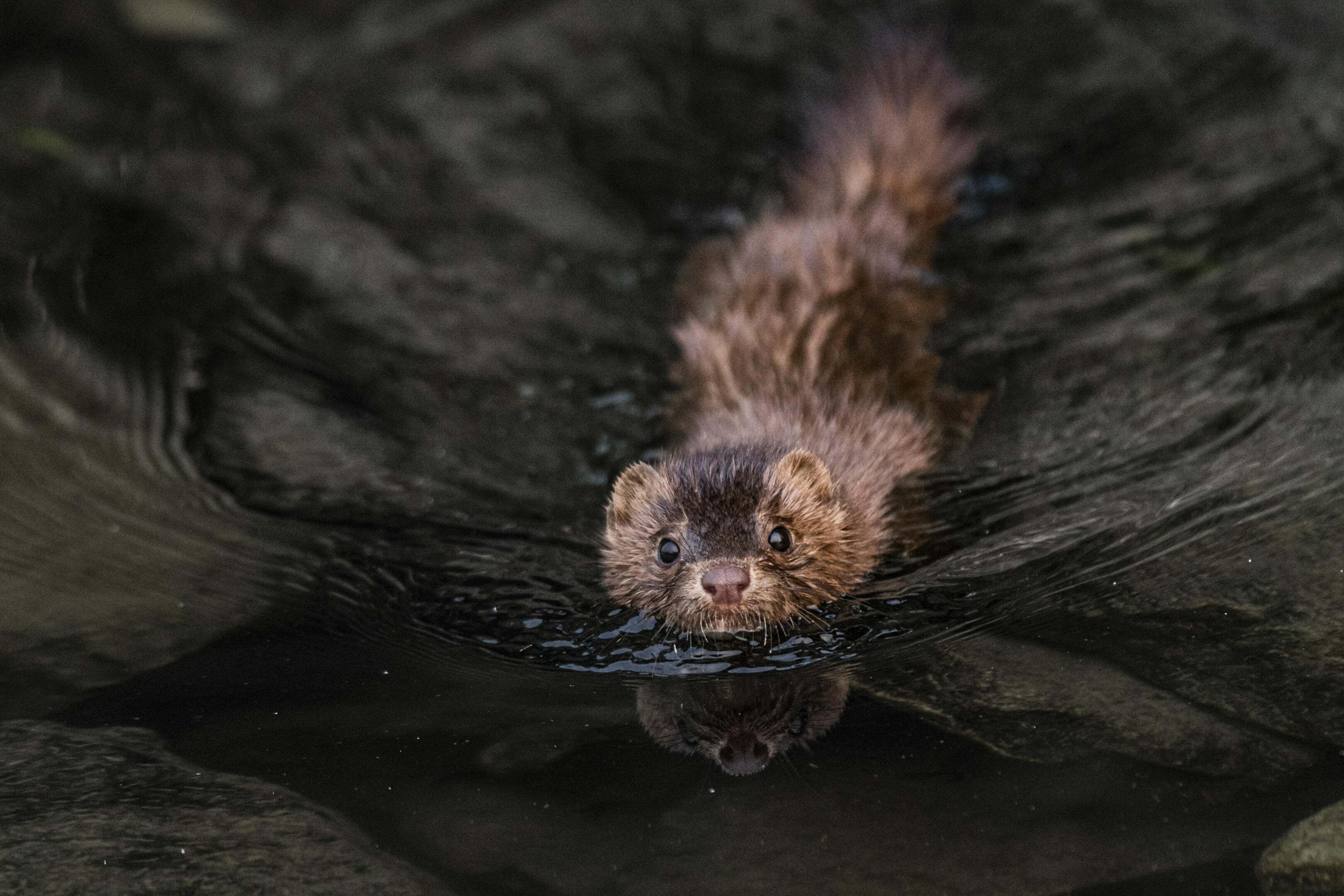
Summer
The hottest months of the year are the perfect time to explore the natural areas of our state. From meadows to bogs, from lake shores to river banks, there is something for everyone to enjoy during these months.
Get Wet
In summer, Great Egret Marsh Preserve boasts beautiful blooms of water lotus that emerge from the marsh’s surface. For a close-up look, drop your canoe or kayak into the marsh from the preserve’s launch area.
At the Grand River Conservation Campus at our Morgan Swamp Preserve, you can canoe or kayak on the State Designated Wild & Scenic Grand River. At Bliss Pond in the preserve, there is an accessible fishing pier (catch and release only).
Exploring Snow Lake, a small kettle lake, and the surrounding vernal pools and swamp forests at Lucia S. Nash Preserve will allow you to spot water-loving wildlife like mink, otters, beaver, spotted turtles and more.
Quick fact: The common snapping turtle is Ohio’s most common and largest native turtle species, weighing up to 35 pounds. They can be found in shallow ponds, streams, swamps, bogs, vernal pools, rivers and more through the state, so keep an eye out for them if you’re hiking around a body of water in the summer.





Ohio's Orchids
Ohio is home to 46 species of native orchids and summer is a perfect time to spot many of them in bloom. From the Edge of Appalachia in the south to Brown’s Lake Bog in the north, both common and rare orchids can be found in habitats ranging from forests to wetlands in our state.
Learn how we're protecting native plants in Ohio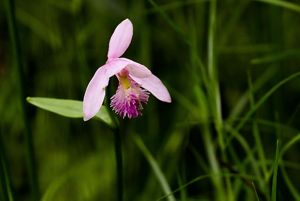
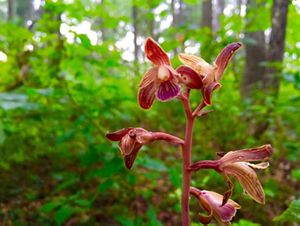

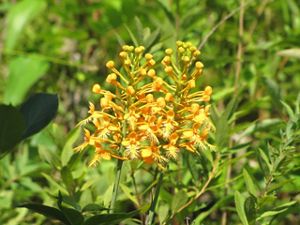
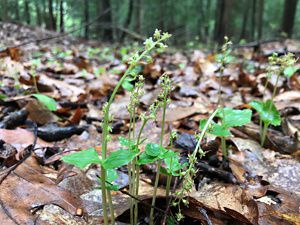

Rose Pogonia Orchid: Found in sphagnum bogs and other wet areas, rose pogonia orchids has a sweet, vaguely berry-like scent that draws in bumblebees and other pollinators. © Emily Speelman

Crested Coralroot Orchid: A rare plant in Ohio, crested coralroot orchids can be found at the Edge of Appalachia preserve's forests. It typically produces the most blooms during wet summers. © Jessica Lin

Yellow Lady's Slipper: This common wild orchid blooms April through June and is found in moist forests, bogs, and other wetland-type areas. © TJ Vissing

Orange-fringed Orchid: Sometimes called the yellow-fringed orchid, this species is state-listed as threatened in Ohio. These can be found in a few spots in Ohio including the Kitty Todd Preserve. © Angie Cole

Heart-leaved Twayblade Orchid: Morgan Swamp Preserve is the only known area in Ohio where this rare orchid can be found. © Derrick Cooper
Rare Species Spotting
Summer provides one of the best times to glimpse some of the rare or endangered plants and animals making comebacks in Ohio. Click on the images below to learn more about each species!
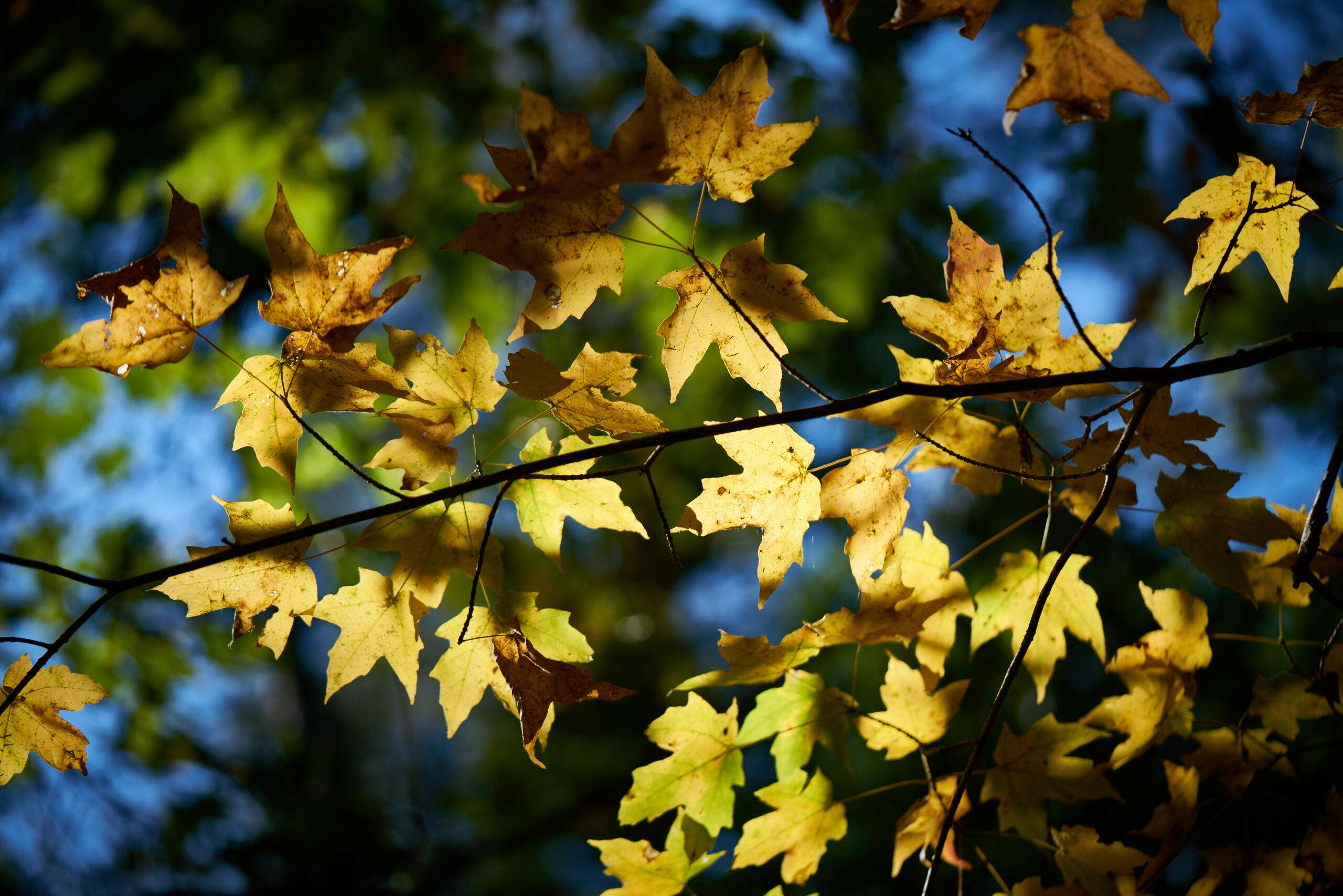
Fall
As summer winds down and cooler weather moves in, it’s the perfect season to get outside and enjoy Ohio’s natural beauty. From gorgeous fall foliage to amazing migrations, there’s a lot happening outside in autumn!

All the Colors
Ohio’s forests become resplendent in autumn, as the trees turn from green to their autumn splendor of flame orange, deep red and bright yellow. Hiking to the top of Buzzard Roost Rock at Edge of Appalachia offers some of the most breathtaking views of colorful fall foliage in Ohio.
To see brilliant yellow needles of the tamarack tree visit the J. Arthur Herrick Fen Nature Preserve; it’s the only native conifer in Ohio that sheds its needles each year.
Quick fact: In the fall, the lush ferns at Brown’s Lake Bog Preserve turn bronze and yellow and you'll see different things pop up out of the foliage such as the fluffy plumes of the Tawny cottongrass (Eriophorum virginicum).


Late Bloomers
While spring and summer are full of wildflowers, fall blooming plants give us some of the most brilliant colors of the year. Goldenrods and asters begin to show throughout Ohio’s prairies, forests and meadows. A fall hike at Kitty Todd Preserve might reveal unusual native wildflowers, like bottle and fringed gentian, growing in wet meadows.
Read more about native Ohio Wildflowers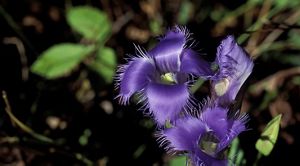


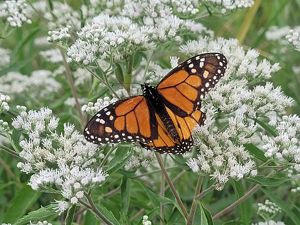
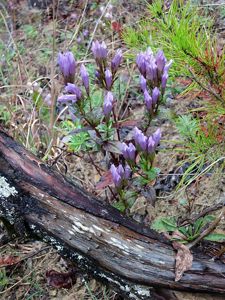
Mighty Migrations
Spring gets a lot of attention as the season to spot migrating birds, but there are amazing migrations taking place in fall throughout Ohio, too! Click on the images below to learn more about Ohio's migrations.
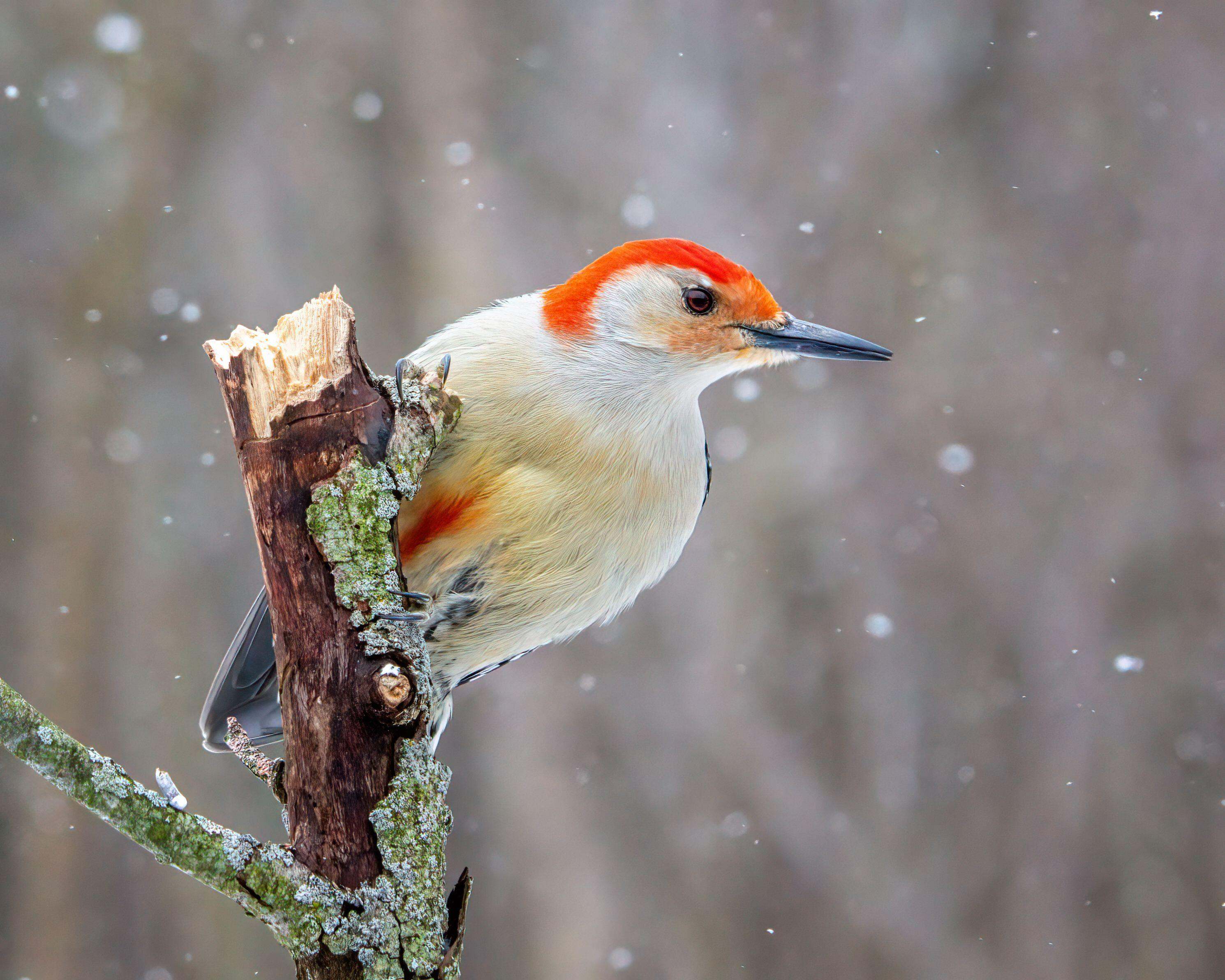
Winter
Here’s a secret—winter is one of the best seasons to explore nature. From wildlife tracking to snowshoeing to the peaceful solitude of a snowy trail, winter is truly a wonderful time to get outside and connect with the natural world in Ohio.
Quiet Time
Connecting to nature is vital for our physical and mental well-being, and this is no less true in winter than it is in spring or summer. Getting outside and into nature during the winter helps to reset and refocus our minds. And, with fewer people out on the trails, getting outdoors can offer a chance to be recenter yourself and take some time in solitude.
Taking time to go for a hike, even a brief one, can improve both your physical and mental health, boosting your mood and energy for the day. It also helps you to build and maintain your own personal relationship with the natural world, while keeping you active and moving during a season that is often more sedentary.
Whether it’s hiking through a forest or taking an easy stroll on a boardwalk through a wetland, being outside and connecting with nature in winter is one of the best gifts we can give ourselves.
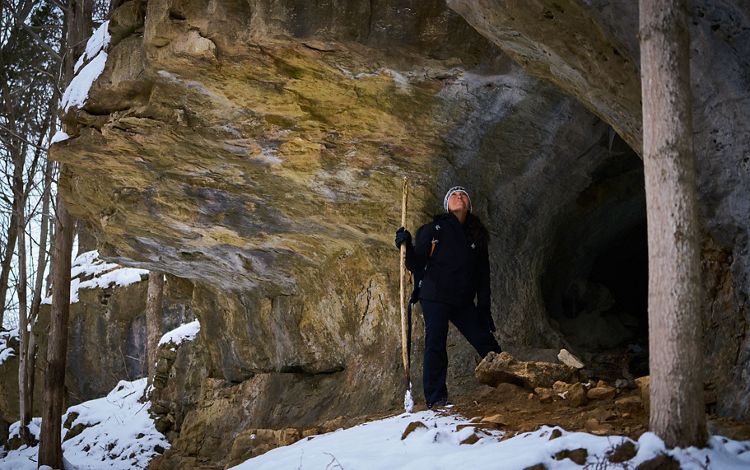
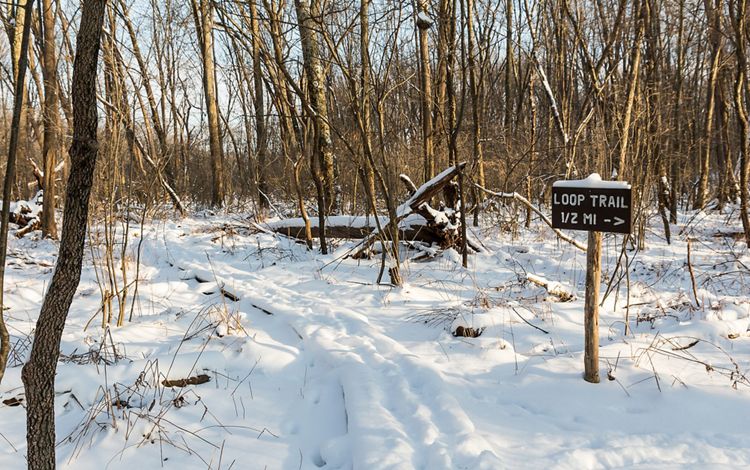


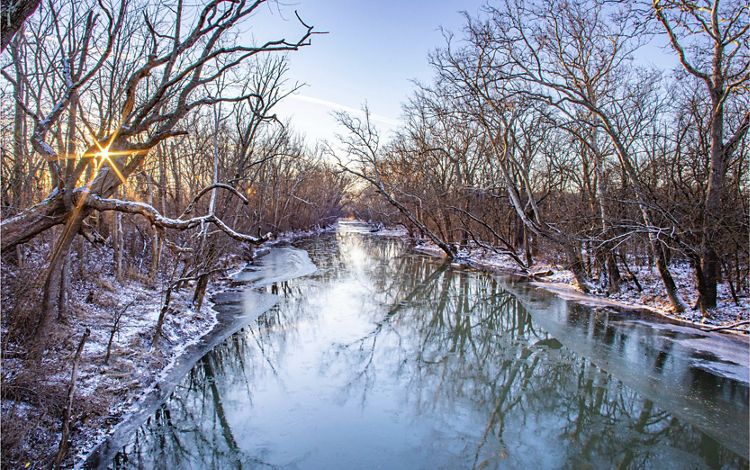
Tracking the Wild
Winter snows provide an amazing opportunity to practice and perfect your tracking abilities. At the Edge of Appalachia, keep an eye out for the bouncing tracks of mink and the small pawprints of red fox. At Herrick Fen Nature Preserve, look both along the boardwalk for wildlife tracks and out on the sedge meadows to spot muskrat houses.

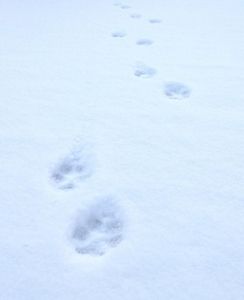

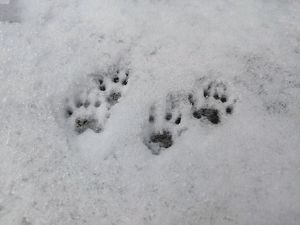
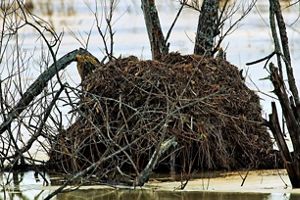
Year-round Residents
From the bright red of male Northern cardinals to the slender grace of great blue herons, winter is an amazing time to watch birds in Ohio. Click on the images below to learn more about birds you can see in winter.
